Warning
You are reading an old version of this documentation. If you want up-to-date information, please have a look at 5.3 .First startup
This chapter guides you from unpacking your elements to getting your first connection to EYE+ Studio.
Mounting the EYE+ Controller
Unpack the EYE+ Controller.
Fix the EYE+ Controller inside your electrical cabinet using four M4 screws. We advise you to fix the EYE+ Controller vertically and to ventilate the cabinet. See EYE+ Controller standard specifications section for more details.
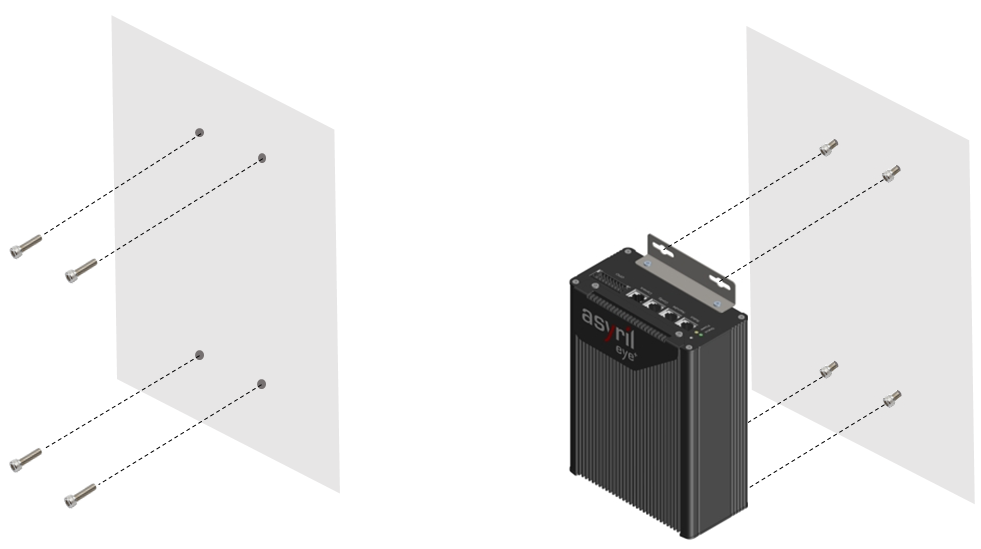
Fig. 4 EYE+ Controller mounting step 1 and 2
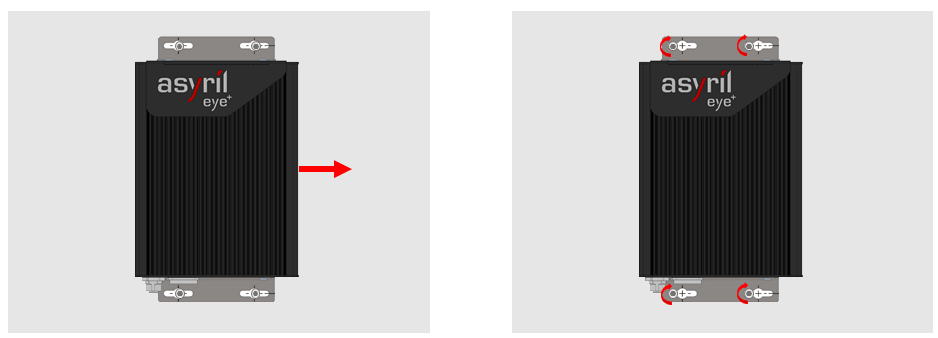
Fig. 5 EYE+ Controller mounting step 3 and 4
Tip
EYE+ Controller dimensions are presented in the EYE+ Controller section.
Mounting the camera
Unpack the camera and the lens. The lens is already mounted on the camera.
Fix the camera using the four M3 mounting holes (labeled M on Fig. 24).
Camera positioning:
Camera must be placed orthogonal to the Asycube and above its center.
Important
The orthogonality between the camera and the Asycube is critical for accurate part detection, the camera should not be tilted with respect to the Asycube. Thus, make sure you mount the camera parallel to the surface of the Asycube plate. Particular care must be taken at this stage of installation.
Distance between the front face of the lens and the Asycube plate has to correspond to the working distance (see Table 3).
Make sure that the field of view is defined as the inner edge of the plate frame. The EYE+ logo must be oriented opposite to the Asycube connectors (Fig. 6).
Important
We recommend you design the camera mounting so that it can be adjusted in x, y and z. Make sure that the camera position can be adjusted mechanically with a tolerance of -10mm/+30mm in z and -10mm/10mm in x and y.
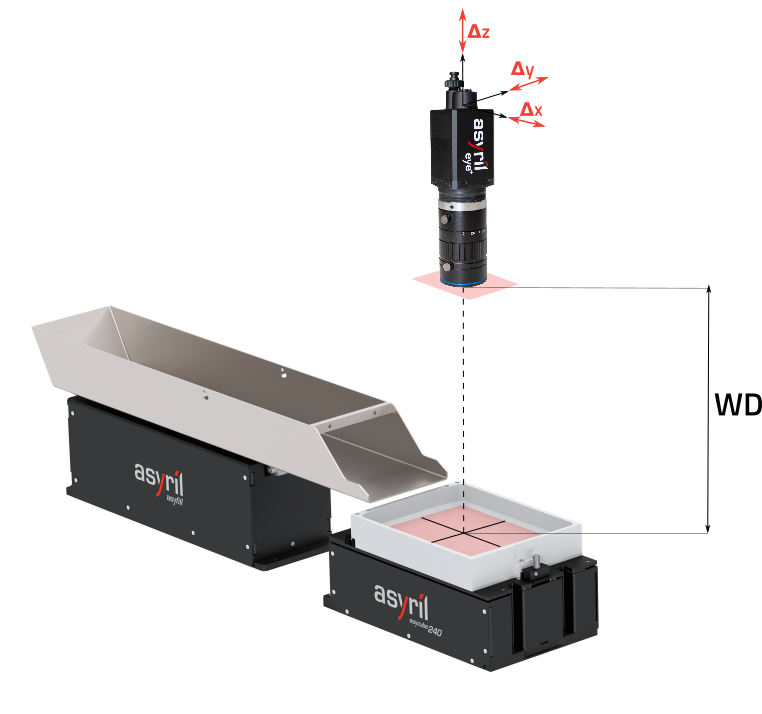
Fig. 6 Camera positioning
Tip
Camera and lens dimensions are presented in section Camera and lens.
Cable connection
Connect the Communication port of the Asycube to the Asycube port of the EYE+ Controller with an Ethernet cable (at least Cat5e SF/UTP).
Note
The electrical interfaces of the Asycube are described in Asycube Electrical Interfaces.
Connect the M12 Ethernet connector of the camera to the Camera port of the EYE+ Controller port with an Ethernet cable (PoE Cat6 S/FTP).
Connect the RJ45 port of your computer to the Communication port of the EYE+ Controller with an Ethernet cable (at least Cat5e SF/UTP).
Connect the provided power cable on the EYE+ Controller to a 24V DC (6.5A) power supply (see Table 13 for wiring).
(Optional) Connect your robot or PLC to the Communication port of the EYE+ Controller with an Ethernet cable (at least Cat5e SF/UTP). It is not necessary to connect your PLC or robot to complete the Quick Start. You can connect it later.
Note
If you want to communicate through TCP/IP and also access EYE+ Studio at the same time, you will need to add an unmanaged Ethernet switch.
(Optional) Connect the frontlight to the Frontlight input of the EYE+ Controller with the provided cable.
(Optional) Connect the Communication port of the Asyfill to the Asyfill port of the EYE+ Controller with an Ethernet cable (at least Cat5e SF/UTP).
Note
The electrical interfaces of the Asyfill are described in Asyfill Electrical Interfaces.
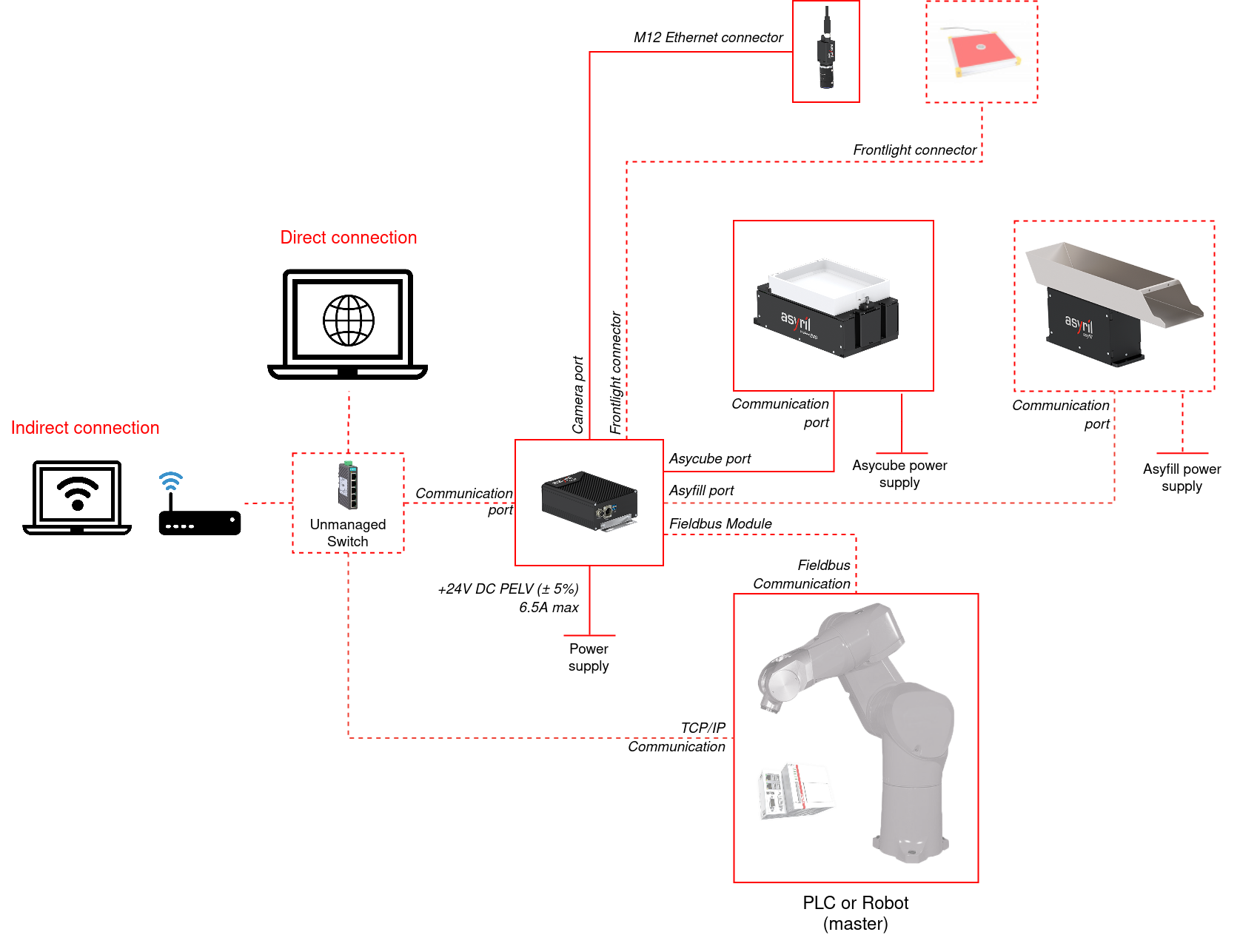
Fig. 7 EYE+ wiring diagram
Note
Your EYE+ Controller has no Asyfill or Communication port?
This means you are using a EYE+ Controller with the cover rev. 0. Refer to Electrical interfaces to get the corresponding wiring diagram and to get more information about EYE+ cabling.
Your first connection
Once the three previous steps are finished, you should be able to access EYE+ Studio from your personal computer.
Change the IP address of your computer to be on the same network as the EYE+ Controller (Table 4).
EYE+ Ethernet port |
Default IP address |
Default subnet mask |
|---|---|---|
Communication |
192.168.1.50 |
255.255.255.0 |
Open your web browser (see Recommended web browsers) and enter in the address bar: 192.168.1.50. Alternatively, you can use EYE+ Locator to automatically detect your EYE+, please refer to EYE+ Locator.
If everything is correct, the EYE+ Studio HOME page (Fig. 8) will appear.
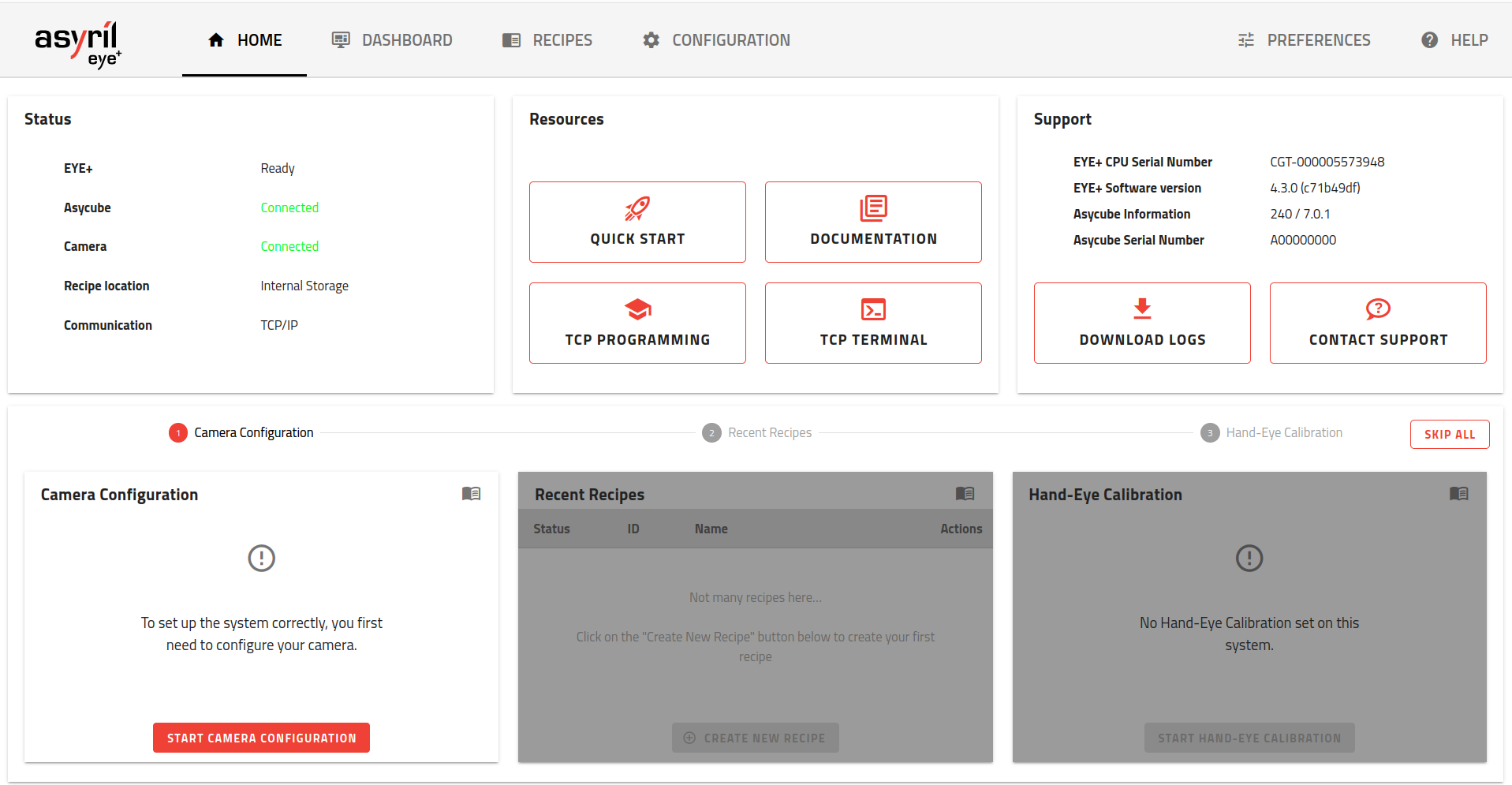
Fig. 8 EYE+ Studio HOME page
Tip
If this interface does not appear, please check the cable connection and verify that the IP address of your PC is on the same network as the EYE+ Controller, for example 192.168.1.55.
If the issue persists, refer to Connection lost? for troubleshooting guide.
The page is the first page you see when accessing EYE+ Studio (Fig. 8). The page is separated in two different areas.
The upper area displays system status, useful resources and support information. The lower area is used as an onboarding tool that will guide you through the initial commissioning. It contains the following steps:
Let’s start with Camera configuration.